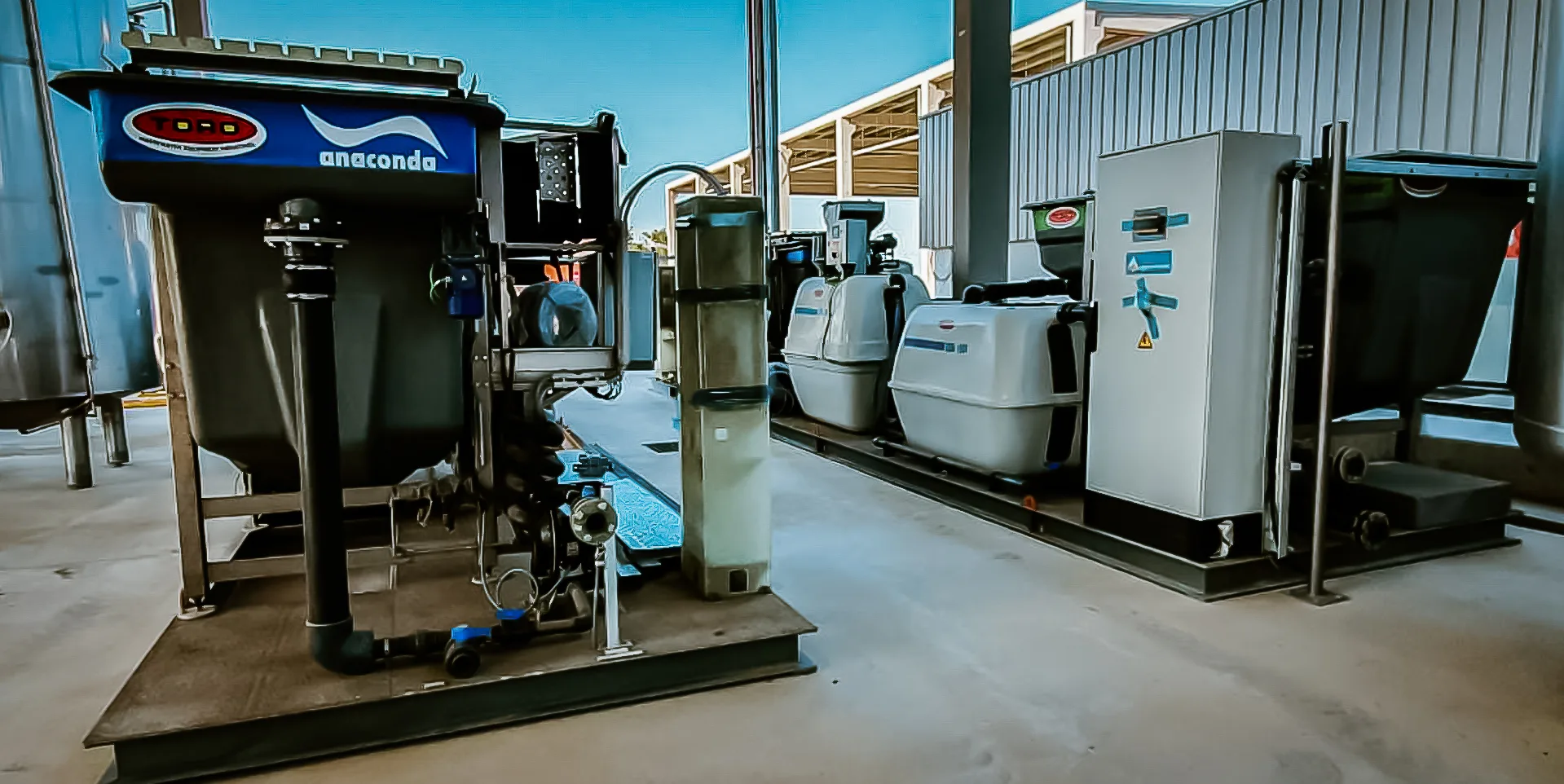

Chemical treatment of water.
Chemical treatment of water is a pivotal process that safeguards the safety and quality of our drinking water supply. This method involves the application of various chemicals to eliminate impurities and contaminants, rendering water safe for consumption. The chemical treatment process encompasses several steps, each contributing to the overall purification of water.
The chemical treatment of water is essential for ensuring that drinking water is safe and free from harmful contaminants. Water treatment plants follow strict protocols, carefully measuring and applying the right chemicals in appropriate amounts to achieve effective purification. This process is crucial for providing clean and safe drinking water to communities worldwide.
In conclusion, chemical treatment of water is a multi-step process that plays a critical role in ensuring the safety and quality of our drinking water supply. Through coagulation, flocculation, sedimentation, filtration, and disinfection, water treatment plants can effectively remove impurities and contaminants, providing communities with access to clean and safe drinking water.